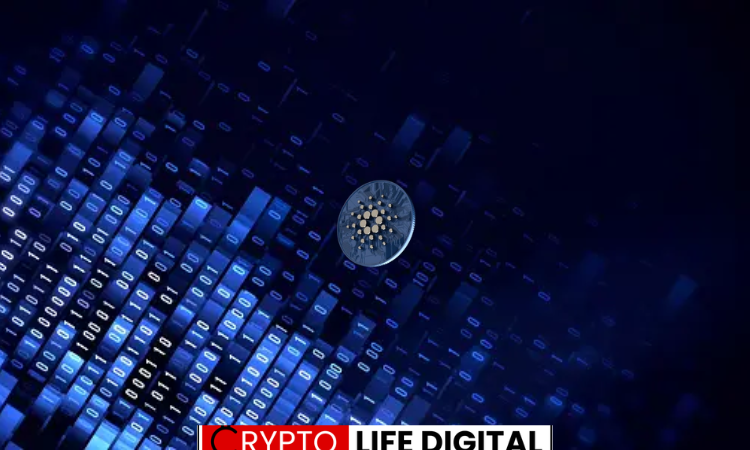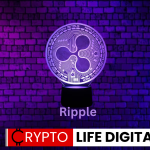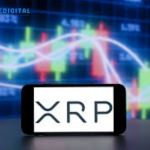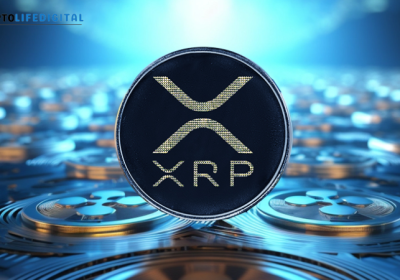Cardano Integrates Bitcoin DeFi to Revive Ecosystem Growth

Cardano is entering a new phase of expansion with its push to integrate Bitcoin’s liquidity into its DeFi ecosystem, signaling a potential revival for one of blockchain’s most academically grounded networks. Despite its advanced infrastructure, Cardano’s total value locked (TVL) has hovered around $259 million in 2025, a fraction of Ethereum’s and Solana’s multibillion-dollar dominance. Founder Charles Hoskinson now aims to bridge this gap by tapping into Bitcoin’s $2 trillion liquidity pool, calling it a “multi-trillion-dollar opportunity” to bring capital and users into Cardano’s programmable finance layer.
Building Bridges to Bitcoin
Cardano’s latest technical advancements leverage its extended UTXO (eUTXO) model, closely aligned with Bitcoin’s transaction structure. This similarity enables seamless, trust-minimized interoperability between the two networks. The first milestone came with the BitcoinOS Grail Bridge, launched in late 2024. It introduced zero-knowledge protocols to allow Bitcoin users to engage with Cardano’s DeFi without intermediaries. Through this bridge, Bitcoin-based assets, including Ordinals, can now be used for lending and staking across chains.
Read Also: Ripple Secures $500 Million Strategic Investment at $40 Billion Valuation
In June 2025, Cardano unveiled the Cardinal Protocol, the first native Bitcoin DeFi platform on the network. It uses multisignature (MuSig2) and BitVMX verification to wrap Bitcoin securely for DeFi applications, allowing lending and borrowing without custodial risks. These wrapped BTC assets are interoperable with Ethereum and Solana, expanding liquidity access across multiple ecosystems.
Hoskinson’s Push for Coordination
Hoskinson attributes Cardano’s DeFi lag not to technical shortcomings but to coordination barriers among developers, institutions, and governance bodies. He envisions a Sovereign Wealth Fund to bootstrap liquidity, alongside board reforms and decentralized representation (DReps) to streamline governance. The overarching goal is to establish Bitcoin interoperability as the foundation for a sustainable and liquid DeFi market on Cardano.
This integration also aligns with other key upgrades in progress, including Ouroboros Leios for faster block validation and Hydra for layer-2 scalability. Hoskinson projects that the combination of these upgrades and Bitcoin bridges could lift Cardano’s TVL to $5–10 billion in 2026, potentially surpassing Solana in DeFi market share.
Read Also: LUNC Burns Surge as Market Activity Heats Up Amid Price Decline
A Turning Point Amid Market Volatility
Despite broader market corrections and ADA’s 11% weekly decline, Cardano’s ecosystem shows resilience. Bitcoin bridge activity helped maintain Djed’s stablecoin peg during liquidation events, while early bridge inflows added roughly $350 million in new TVL. Analysts predict ADA could rebound by over 120% if momentum continues.
Cardano’s Bitcoin integration marks more than just a technological milestone—it represents a philosophical shift toward unity and interoperability in blockchain. As Bitcoin liquidity flows into Cardano, the network could transform from a slow mover to a central player in the next phase of decentralized finance.
Follow us on Facebook, Telegram, and Google News.

Dr. Olajide Samuel juggles the demands of medical studies with a passion for cryptocurrency. A seasoned blogger, Olajide shares his vast global knowledge of the crypto space, offering insights to enthusiasts. Despite his busy schedule, his commitment to crypto remains strong, and he actively seeks ways to contribute to its future.









